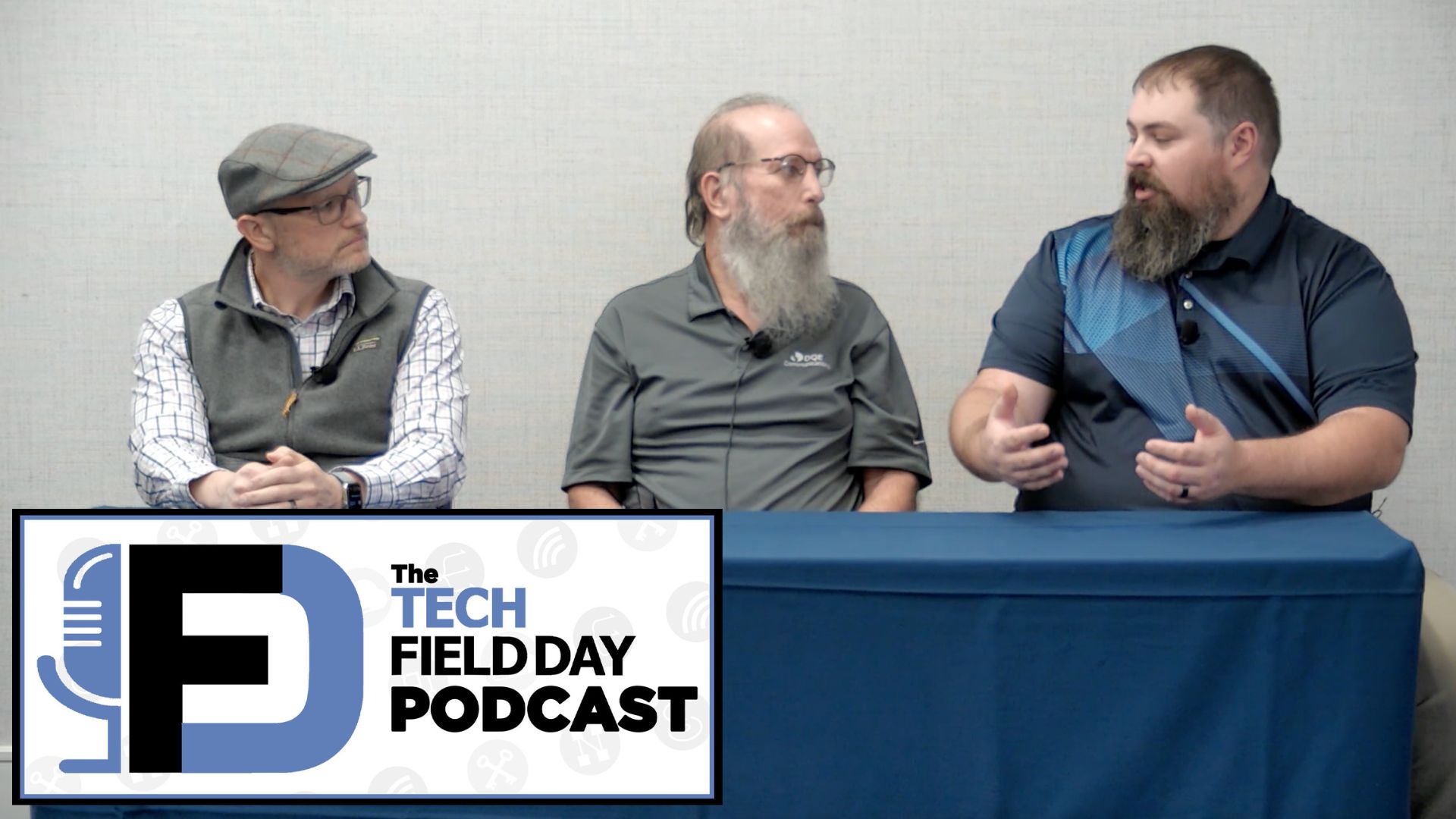In my final post of this Tech Talk series, I thought I’d recap some themes that have come up and how my own thinking on this topic has evolved, as well as my thoughts on where we (as an industry) go from here.
The Value of Hybrid Enterprise IT
Hybrid enterprise architectures have the ability to turn certain elements and situations that are traditionally challenges to IT deployment into assets. These include location independence (e.g., having to “project” enterprise apps to anywhere that employees may be doing business), follow-the-sun business approaches, and rapid scaling changes. By using cloud services in combination with traditional enterprise IT components, requirements that used to generate blank stares from IT architects can instead become “sure, we can do that” moments.
The Reality of Hybrid Enterprise IT
Your enterprise environment may be more hybrid than you think already. The “Shadow IT” problem shows that developers and even users are deploying cloud-based components even when IT hasn’t designed for them. The guidance for enterprise WiFi a few years ago was that the best defense against rogue access points was to provide a well-performing, stable, enterprise WiFi network. The same may go for cloud and hybrid IT solutions today. Embracing the technology may be the best way to prevent it from being used in an unauthorized, undesired, or unsafe way.
The need to provide cloud and hybrid services in an IT-supported, predictable way underscores another element of hybrid IT: One size most definitely does not fit all. The suitability for any given application or workload to be deployed in a hybrid architecture must be evaluated based on that workload’s characteristics and the potential gains from a hybrid deployment model. In a previous post, we explored some of the technical difficulties of running an application in a hybrid model (as well as some ways to identify and address these challenges), but there are many other factors that need to be evaluated and addressed including information security, regulatory, and political concerns. For now, at least, hybrid deployment requires specific consideration for each potential workload. DevOps-like cooperation between the application developers (or those making product evaluations) and IT operations are critical.
Moving Forward with Hybrid Enterprise IT
In the course of writing this series of blog posts, I came to understand that there are, indeed, real benefits to hybrid enterprise deployments. The challenges can be assessed and addressed, enabling IT to leverage cloud computing in ways that may have previously been considered infeasible to become more agile and flexible — more reactive to the business’ needs.
By having candid conversations around embracing hybrid IT architectures, we can consider multiple ways to approach the requirements an enterprise hands to its IT team, and we may find that IT can more often be in the “Yes” business rather than the “No” business – driving value for the business and enabling solutions that a few years ago couldn’t have been.
As an industry, we IT practitioners need to look harder at all the tools available to us — public cloud, private cloud, on-premise computing — and focus not on saying “We can’t because…,” but rather figuring out what we can do with this newly-available set of tools.
Bob McCouch, CCIE #38296, is a networking consultant in Pennsylvania, USA, with over 10 years of industry experience. His blog can be found at http://HerdingPackets.net and followed on Twitter as @BobMcCouch.
 This post is part of the Riverbed Hybrid Enterprise Sponsored Conversation series. For more information on this topic, please see the rest of the series HERE. To learn more about Riverbed’s Hybrid Enterprise Architecture, please visit http://Riverbed.com.
This post is part of the Riverbed Hybrid Enterprise Sponsored Conversation series. For more information on this topic, please see the rest of the series HERE. To learn more about Riverbed’s Hybrid Enterprise Architecture, please visit http://Riverbed.com.






Hello, Bob and James. Thanks for putting together these series of articles. It was a pleasure chatting with you guys on the phone a couple times, and I love the way both of you assembled some of the ideas we tossed about into a series of compelling and thought-provoking articles.
…Steve Riley, Deputy CTO, Riverbed Technology